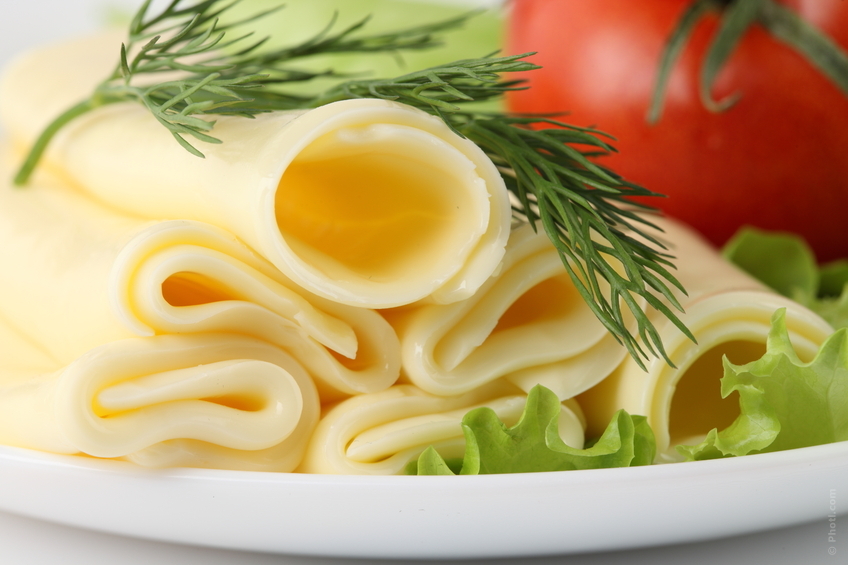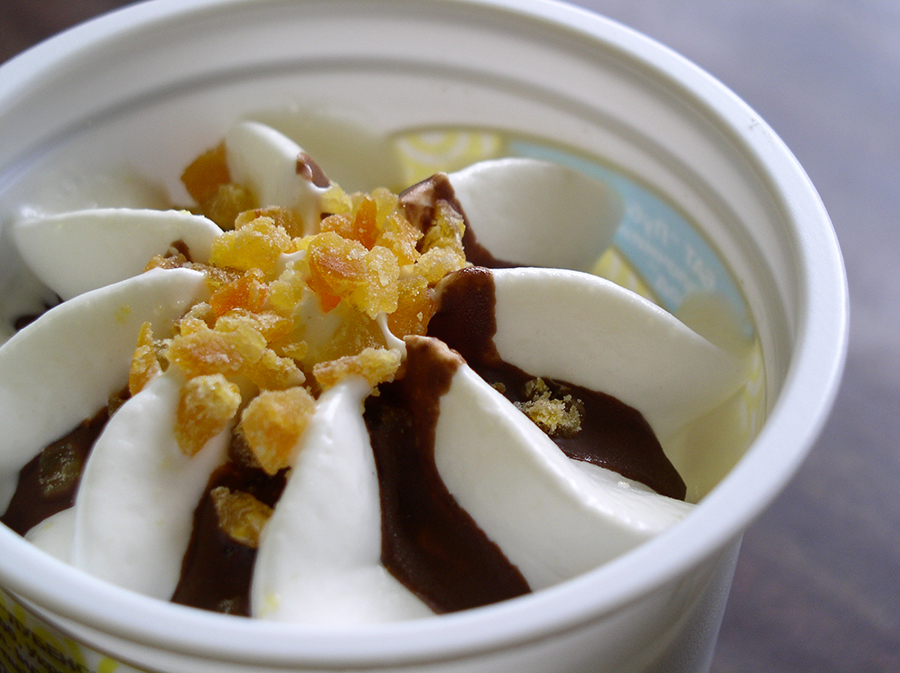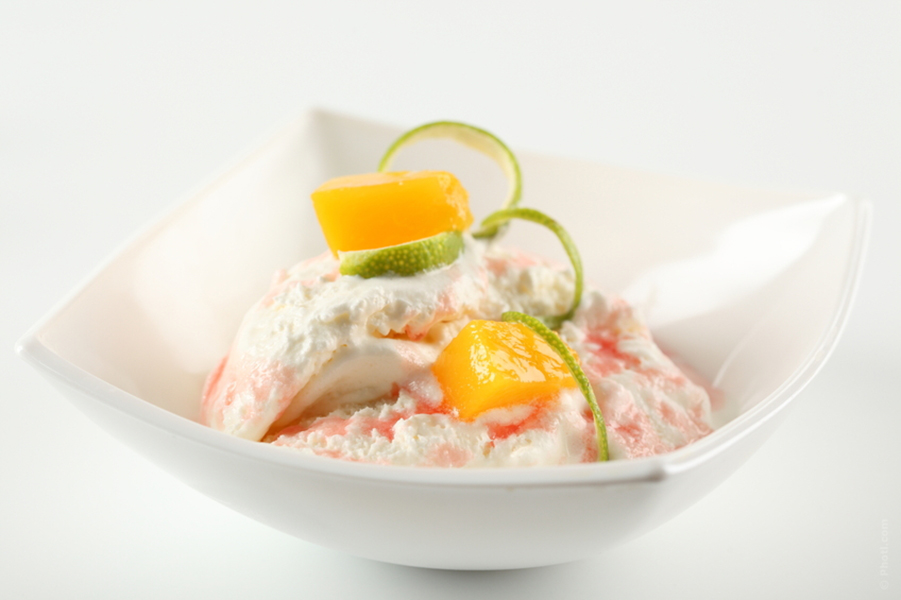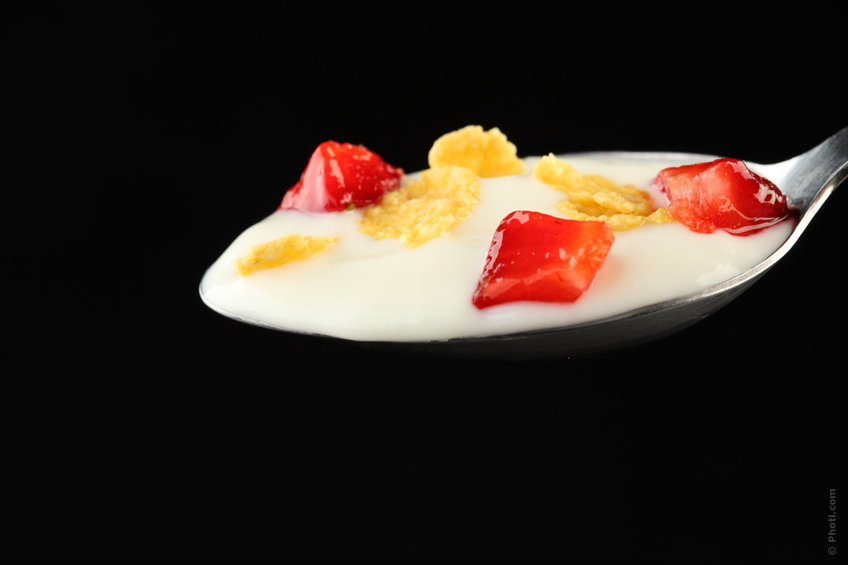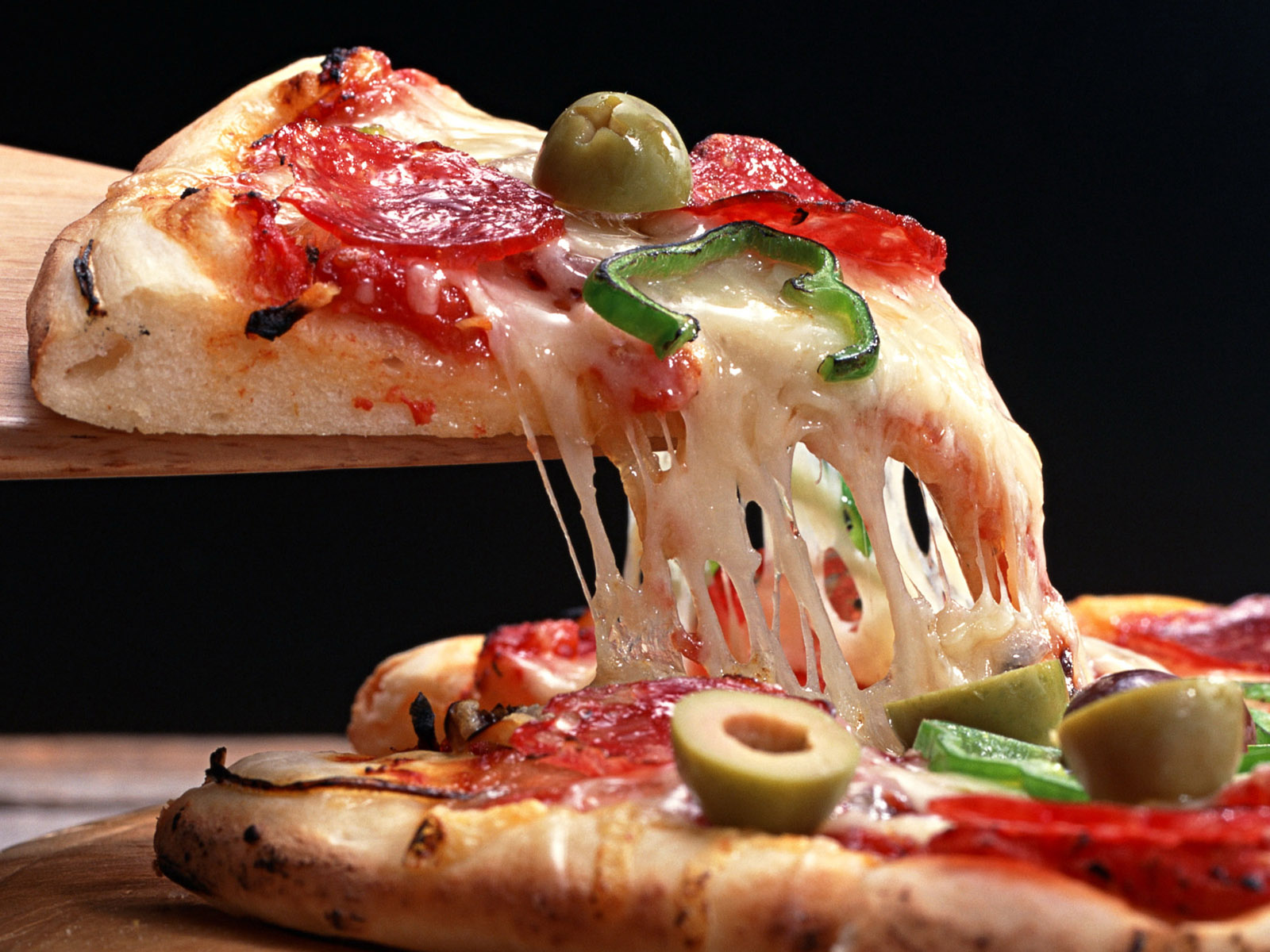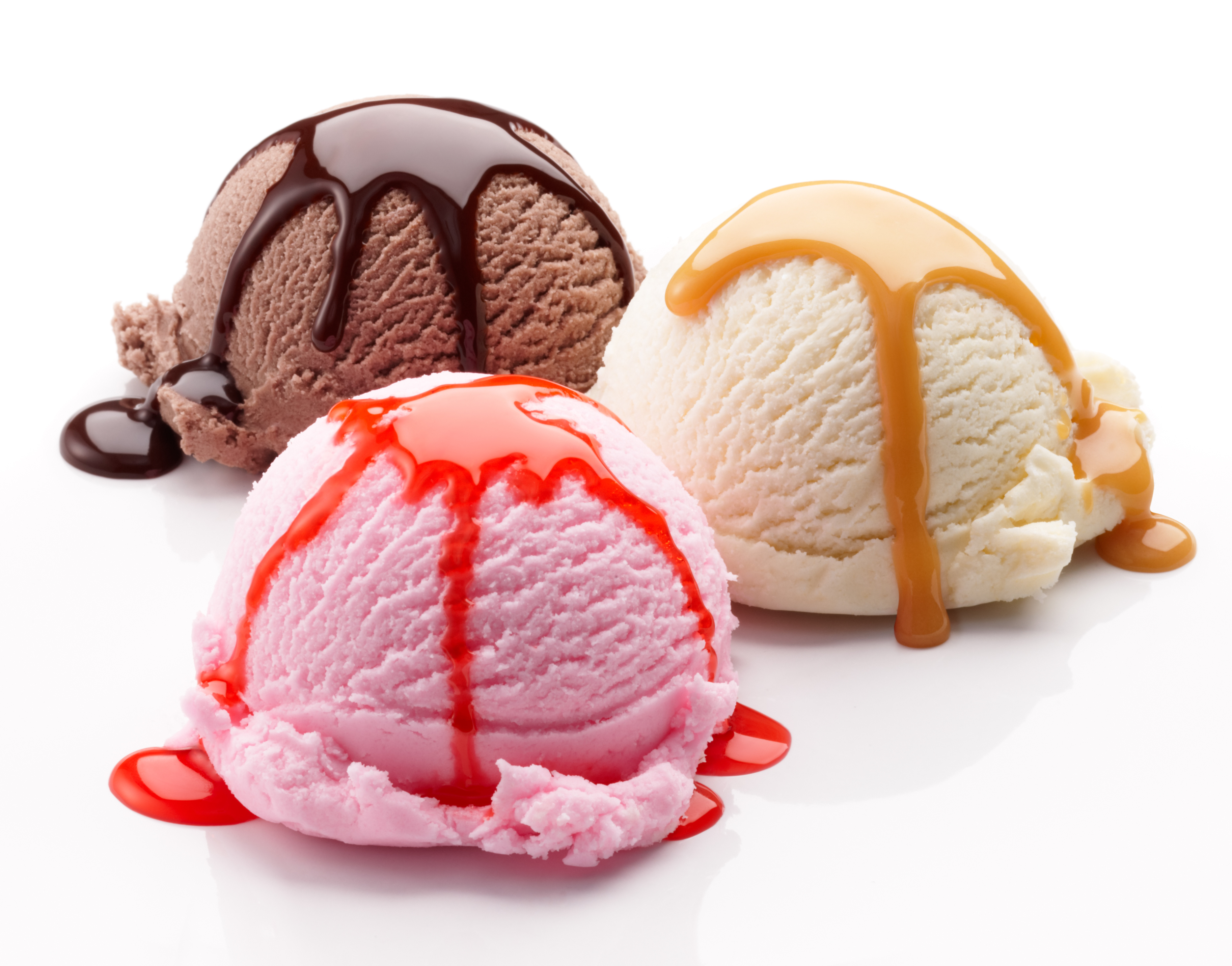Hydrocolloids or gums are a wide range of long chain polysaccharides that form viscous dispersions and / or gels when mixed with water.
This property is due to the interaction of the polysaccharides with water, acting in two distinct ways: as thickeners for the physical retention of the water or as gelling agents for the construction of a macroscopic three-dimensional network of interconnected chains, within which the water is bound.
Generally they are marketed in powdered form and, for effective hydration, one must ensure that each grain forms an individual particle with the mixture, thereby preventing the formation of lumps and agglomerates.
PROPERTIES OF HYDROCOLLOIDS
- Viscosity: hydrocolloids give viscosity to food due to the nonspecific interlacemet between the chains of polysaccharides. The final viscosity obtained depends on the type of hydrocolloid used, its concentration, and the food system in which it is used. In addition, the pH and temperature are important parameters to be controlled. The viscosity of a solution depends directly on the molecular weight of the polysaccharide used.
- Gelling properties: hydrocolloids form gels through the interlacing and cross linking of the polysaccharide chains. The mechanism by which this cross linking occurs between chains can vary. Gelling may involve a hierarchical structure, the most common of which is the aggregation of links between main chains in “junction zones”, which form the basis for the formation of the three-dimensional network characteristic of a gel. Parameters such as temperature, the presence of ions, and the native structure of the hydrocolloids may affect the physical arrangement of the junctions within the network.
- Stabilizers: The role of hydrocolloids as stabilizers is linked to: the delaying of precipitation of dispersed solid particles, preventing aggregation of dispersed particles, prevention of syneresis of the gelled systems containing oils and the delay in the coalescence of the oil droplets.
- Edible films and coatings: An edible film is a thin layer covering a food acting as a barrier between the food and the environment, and that can be consumed. Such films serve to prevent moisture loss, gas and aroma and fat migration. Alginates, carrageenans, cellulose and its derivatives, pectins, starches, and derivatives, among others, have been used for such coatings.
- Fat Substitutes: Fats and oils can be replaced by structured water for healthier, low-calorie foods with excellent quality. In particular, numerous hydrocolloids have been used specifically as fat substitutes in foods. For example, the “Italian” dressing includes xanthan gum as a thickener and “light”mayonnaise contains guar and xanthan gums as fat substitutes to improve its viscosity.
Within the hydrocolloids we have the carragenans.


